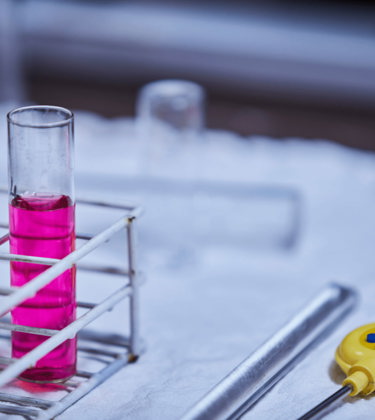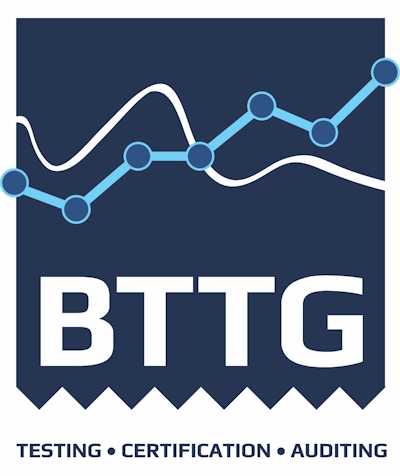Specialist Services
We are the only laboratory in the UK who are UKAS accredited to perform BS ISO 16604 - Resistance to Blood Borne Pathogens using Bacteriophage, a key test within BS EN 14126.
Proactive Problem Solving
UKAS Accredited
Our laboratories are UKAS accredited and meet the requirements of ISO 17025, maintaining the highest level of precision, accuracy, and reliability in our testing and analysis processes.
Specifications We Test To
This is not a comprehensive list, reach out to our team to explore the full range of what we offer.
Resistance to Chemicals
- BS EN 14325:2004 – Protective clothing against chemicals
- BS EN 14325:2018 – Protective clothing against chemicals
- BS EN 943 – Protective clothing against dangerous solid, liquid, and gaseous chemicals, including liquid and solid aerosols:
- Type 1 (Gas Tight)
- Type 2 (Non-Gas Tight)
- BS EN 14605 – Liquid Tight (Type 3) or Spray Tight (Type 4) protective clothing, including partial body protection (Type PB3 and PB4).
- BS EN ISO 13982-1 – Full-body chemical protective clothing against airborne solid particulates (Type 5).
- BS EN 13034 – Limited performance chemical protective clothing against liquid chemicals (Type 6).
Biological Risks
- BS EN 13795-1 - Surgical clothing and drapes
- BS EN 14126 - Protective clothing against infective agents
Radioactive Risks
- BS EN 1073-2 - Protective clothing against radioactive contamination
Chemical, Surgical, Radioactive & Infective Agents - Test Methods
- EN 530 / ISO 12947-2 - Abrasion Resistance
- ISO 7854 - Flexing Resistance
- ISO 9073-4 - Tear Strength
- ISO 13934-1 / EN 29073-3 - Tensile Strength
- ISO 13938-1 - Bursting Strength
- ISO 13935-2 - Seam Strength
- EN 863 - Puncture Resistance
- EN 25978 - Resistance to Blocking
- ISO 6530 - Liquid Chemical Penetration / Repellency
- ISO 811 / EN 20811 - Resistance to Water Penetration (Hydrostatic Head)
*This is not a comprehensive list, reach out to our team to explore the full range of what we offer.
 Shirley®
Shirley®Microbiology Testing
Our sister company, Shirley® offers a range of highly technical microbiological assessments that are critical to ensuring your textiles meet international standards for antimicrobial efficacy, fungal resistance, and bioburden control.


Our range of UKAS accredited tests can be found here, together with tests which have recently been approved via our flexible scope.
Between our laboratory team and our technical customer services team, we can provide you with expert guidance throughout the entire testing process from application through to issuing of test report and we will offer continued support once testing is completed.
Please contact our customer service team today if you would like to find out more about any of the services we offer.







